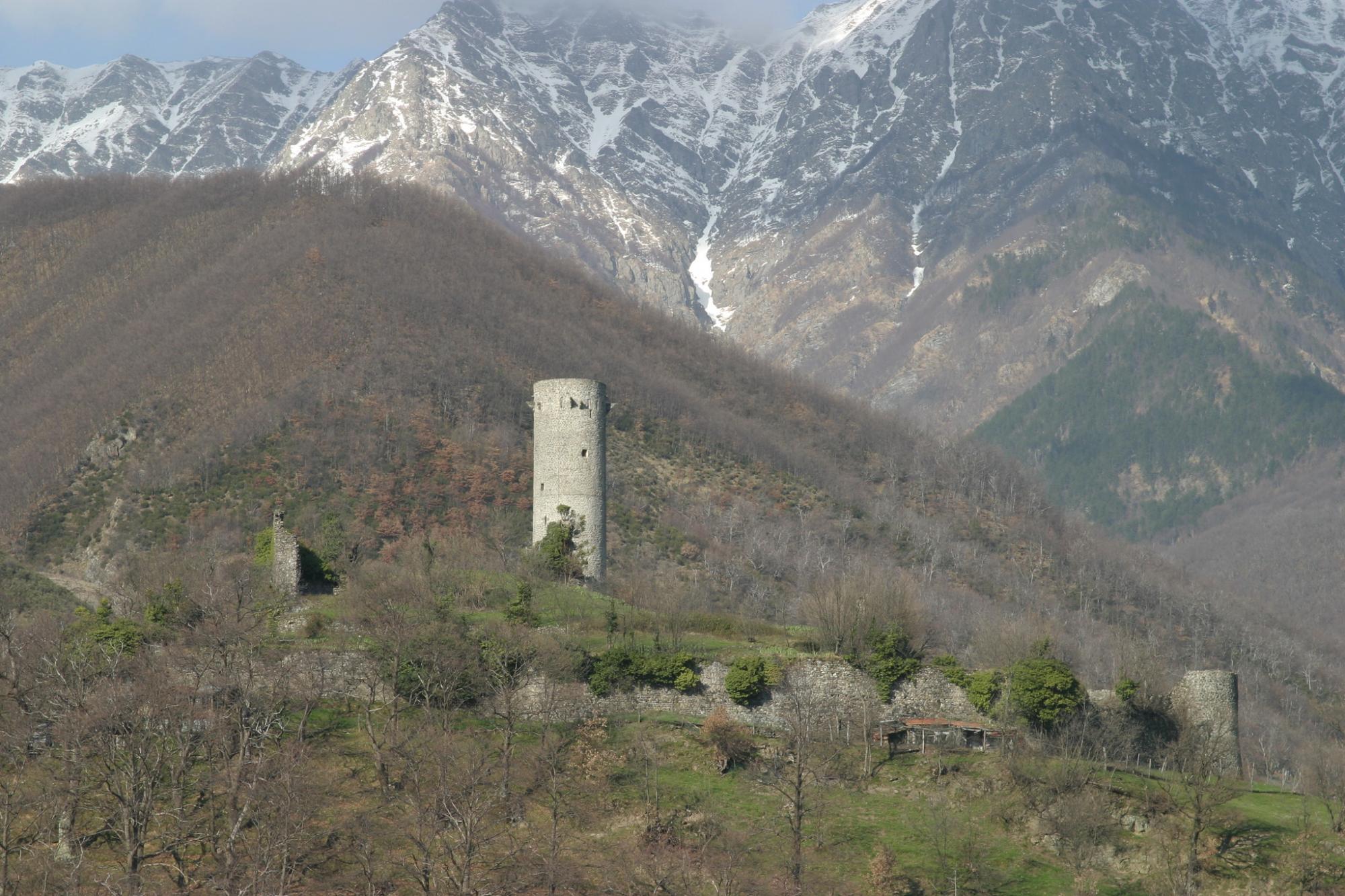
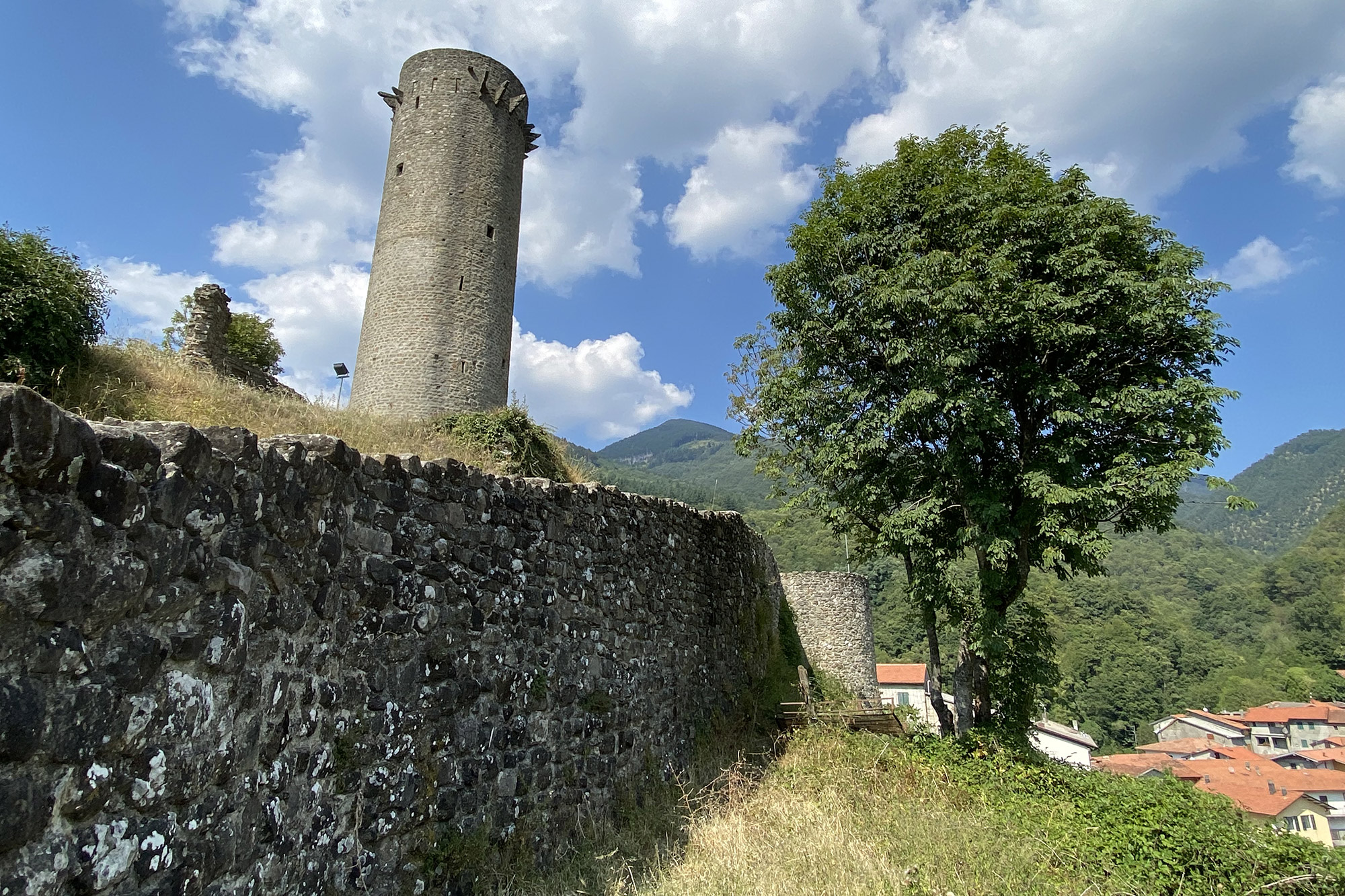
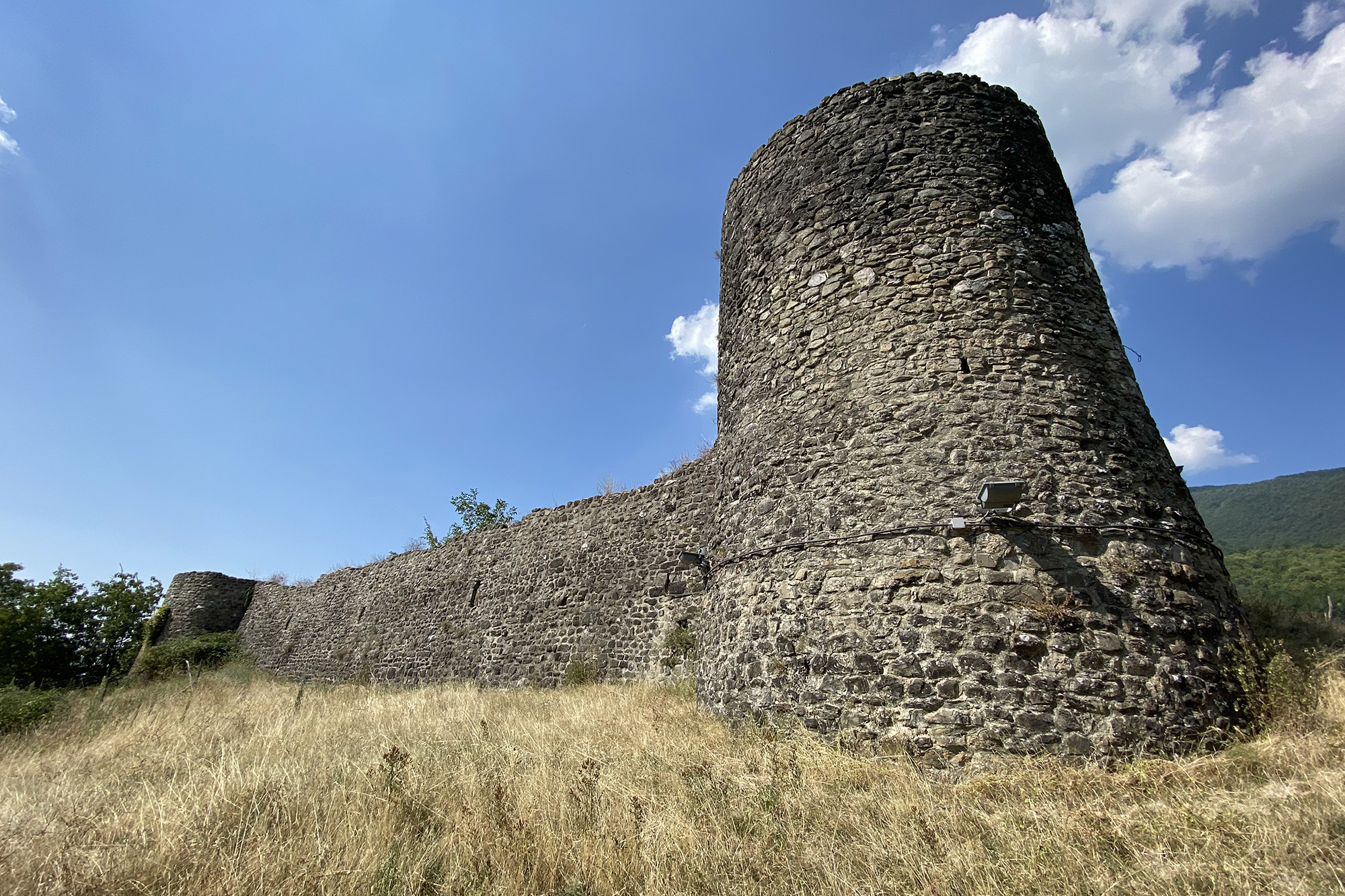
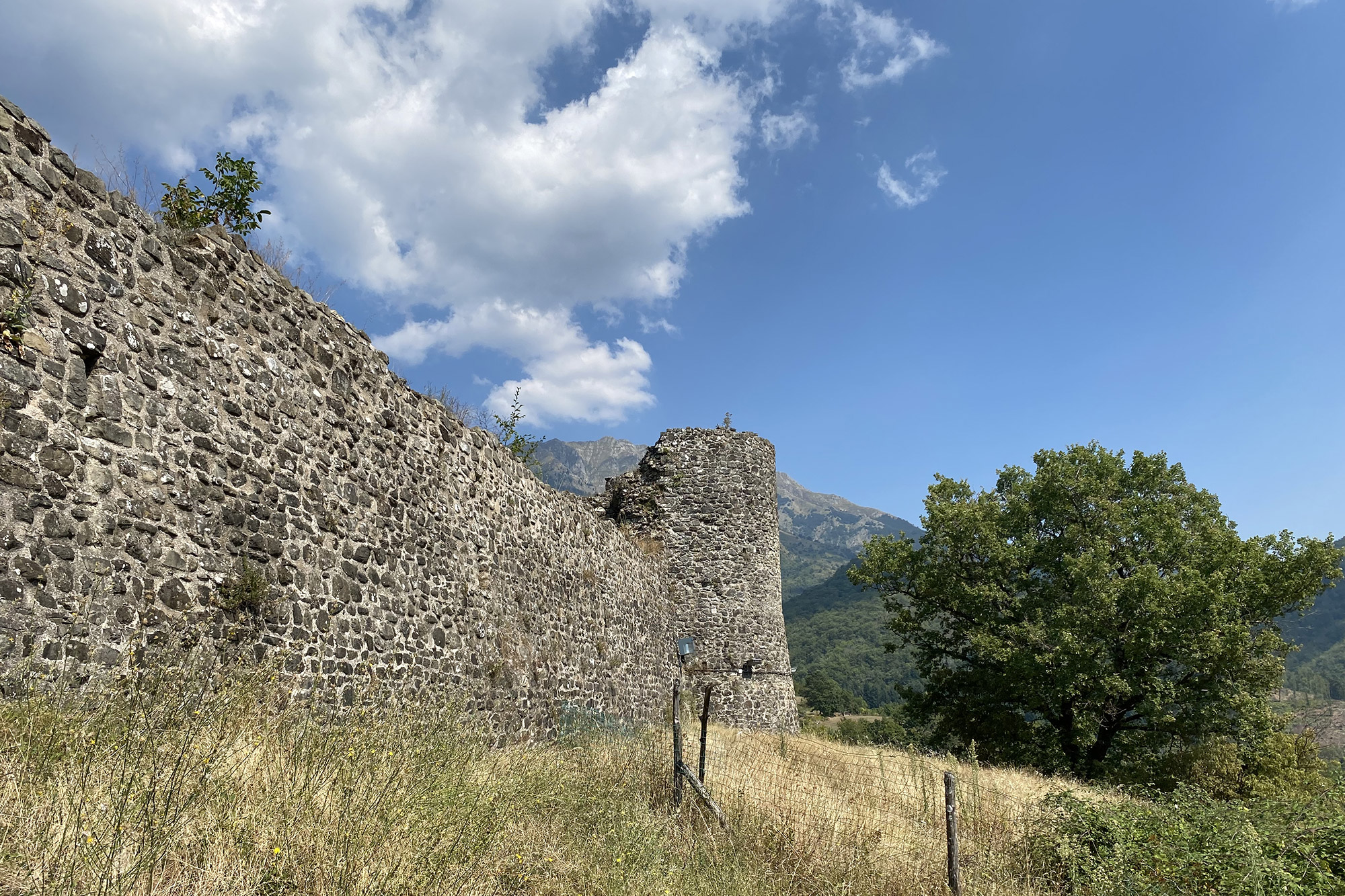
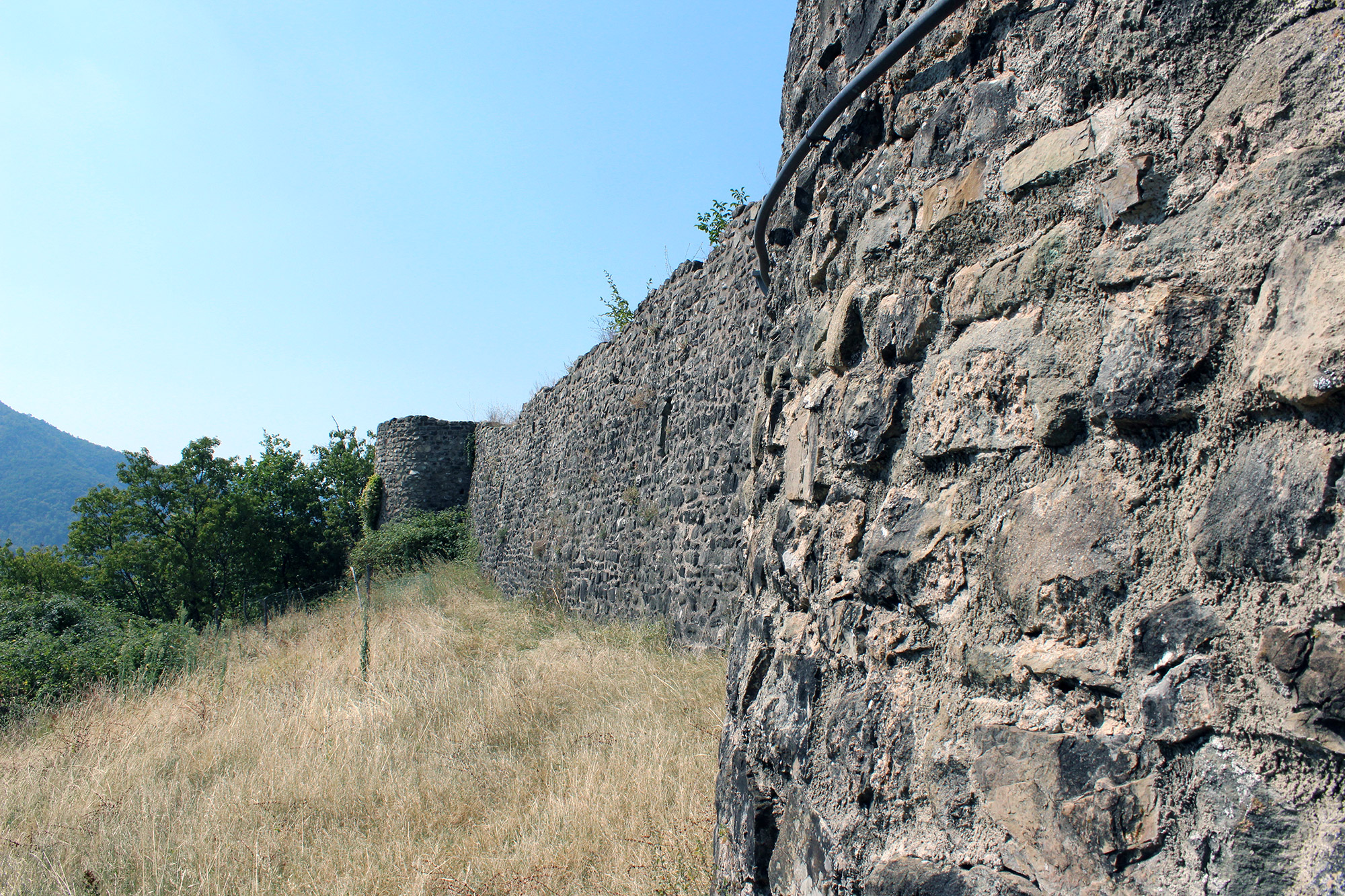
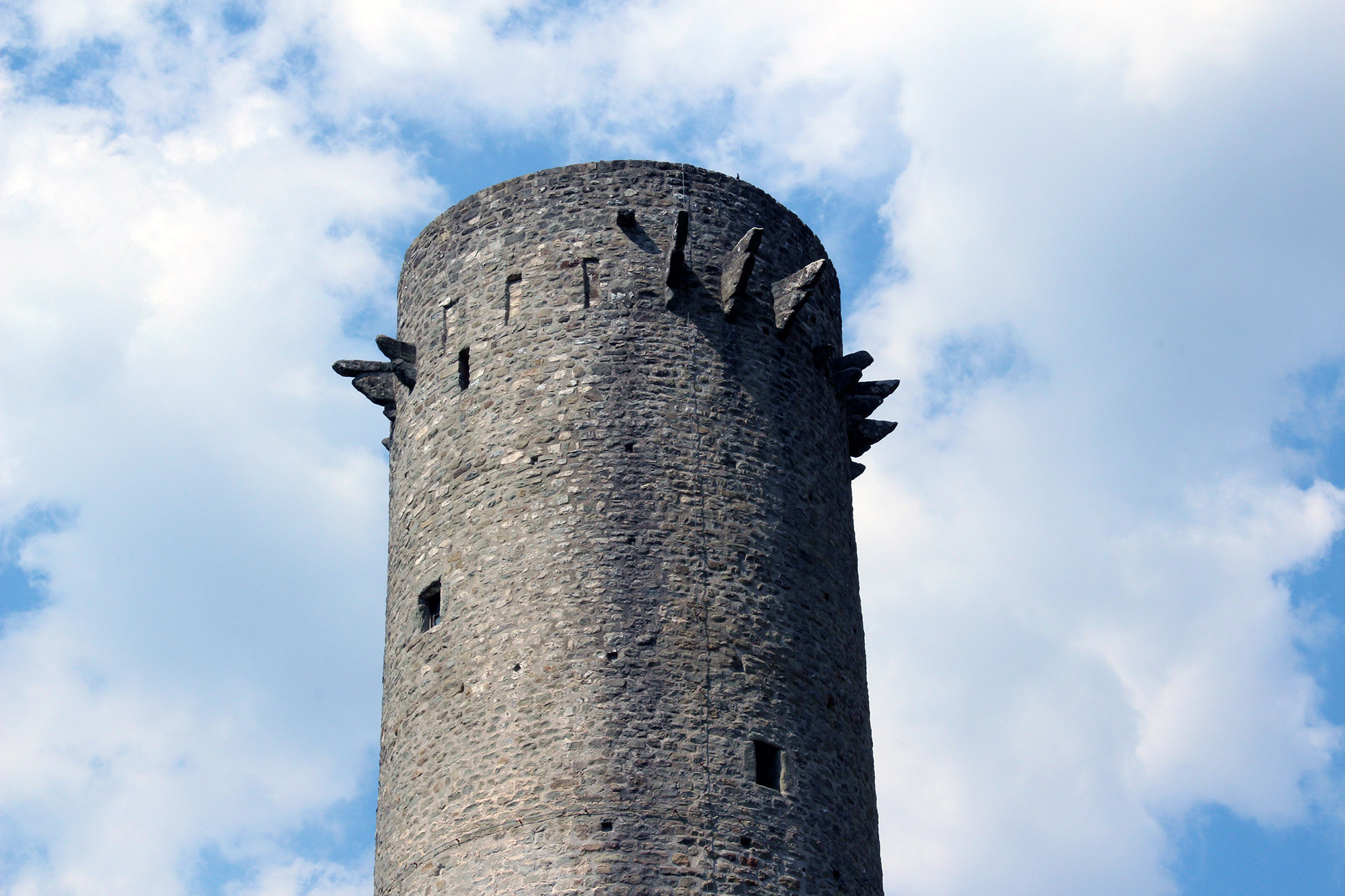
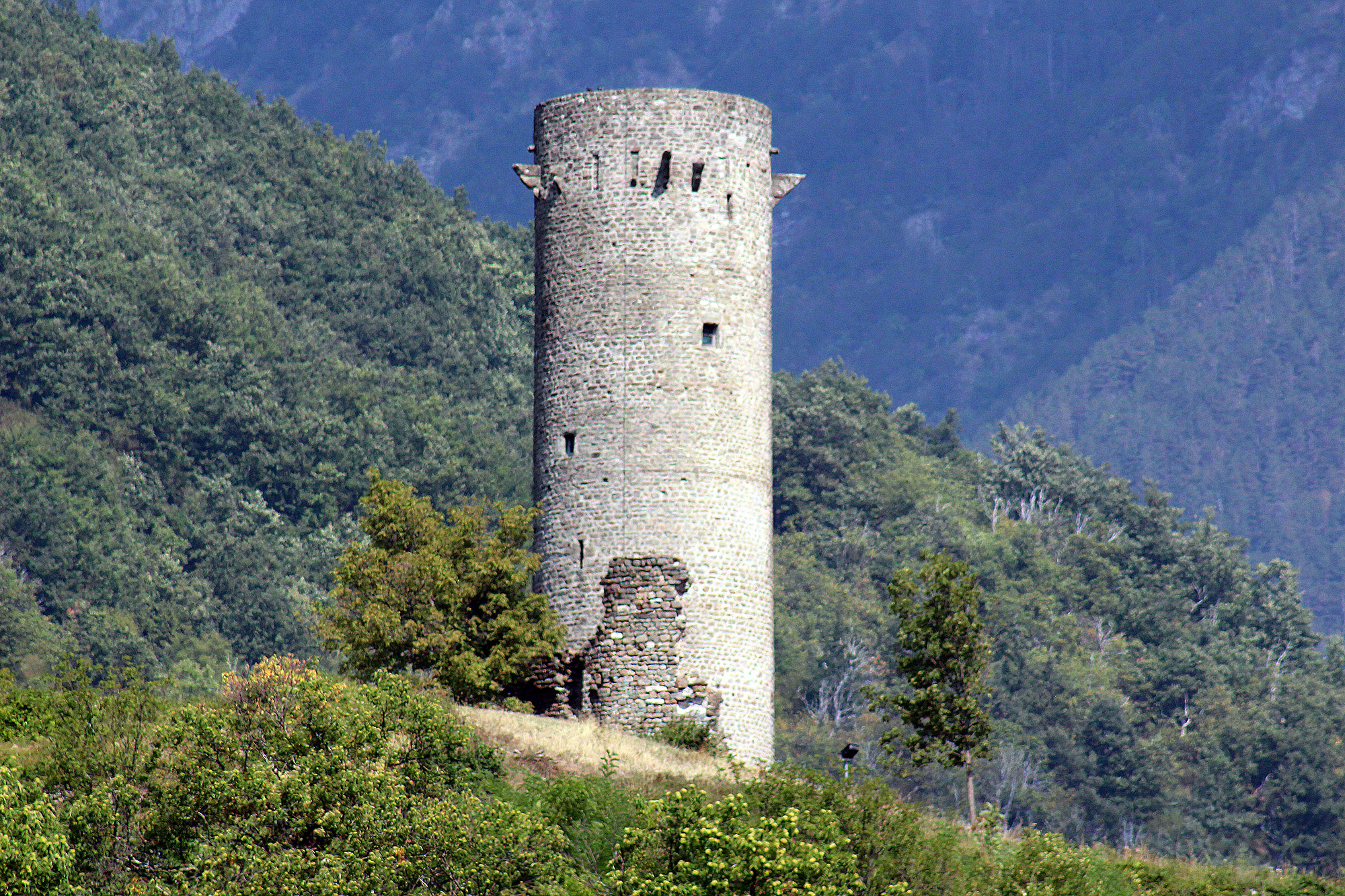
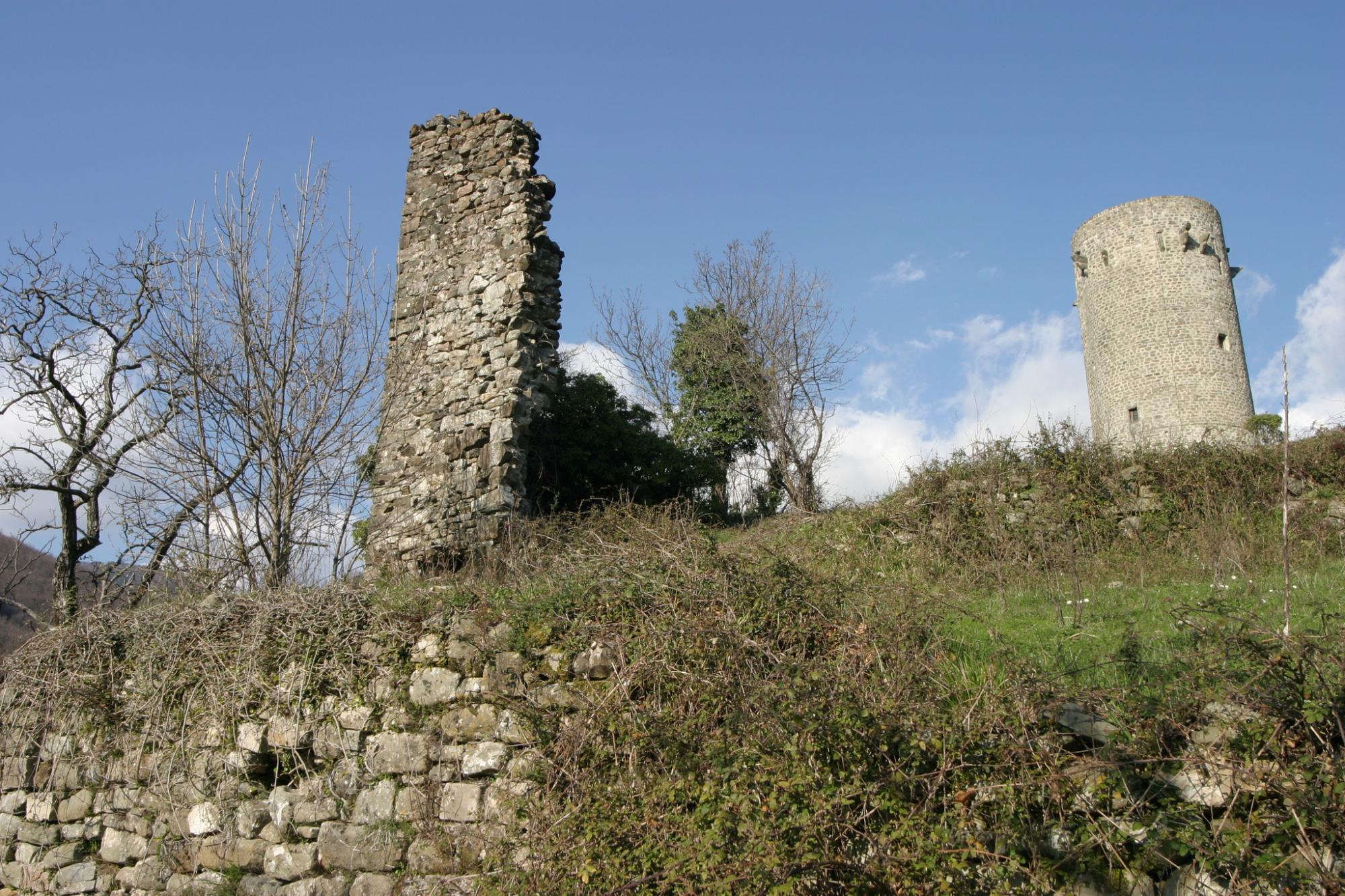
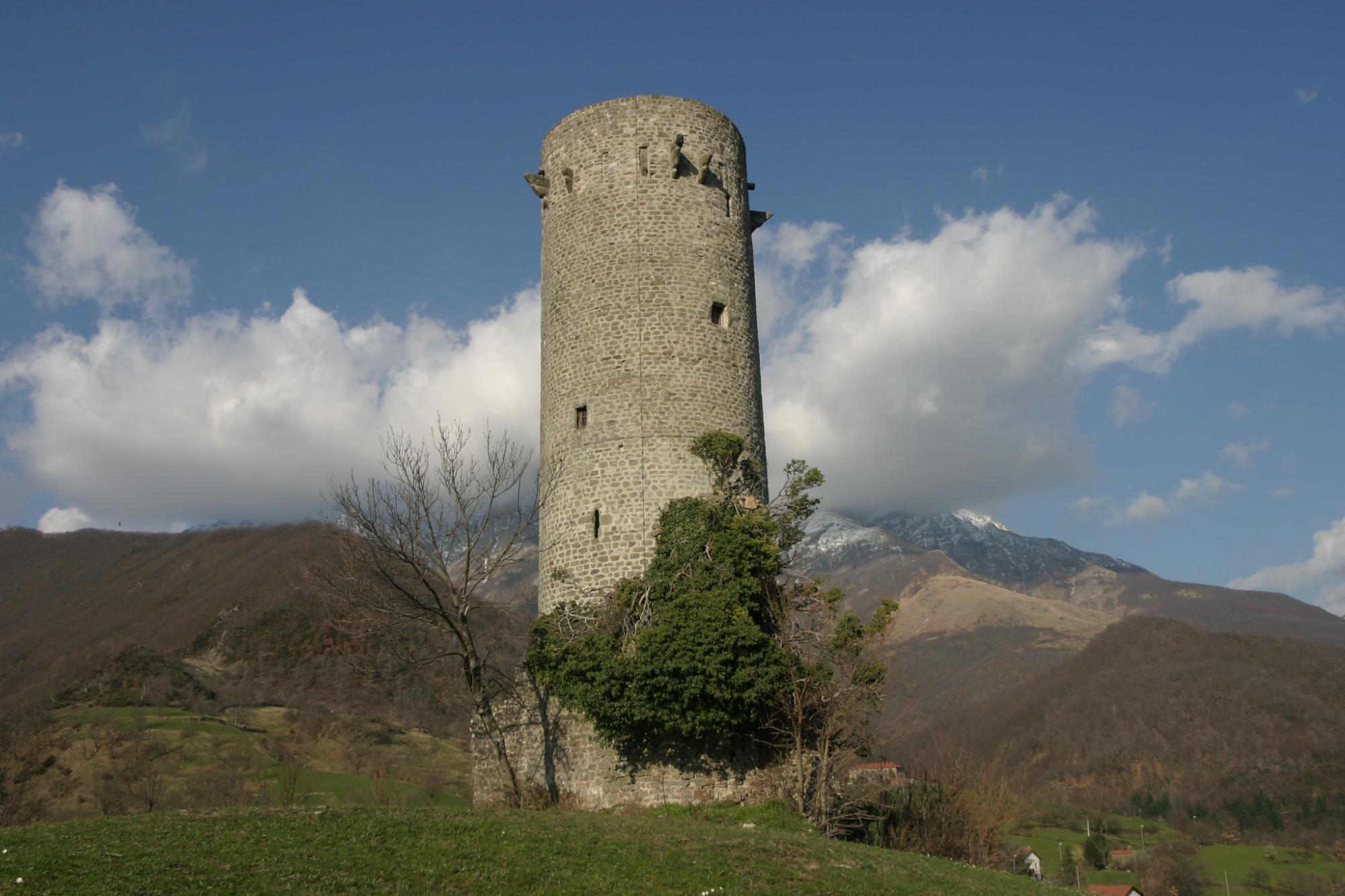









How to reach
Take the “Aulla” exit from the A15 highway Parma-La Spezia, and follow the state road 665 for Licciana Nardi, and then Comano. Continue until reaching “Castello”.
History
Comano rises at about 600 meters above sea level in the upper valley of the Taverone stream, among pastures and chestnut woods, surrounded by the high Apennine peaks, a natural lookout on the mountains between the Secchia and Taverone valleys, the Lagastrello and dell’Ospedalaccio (today Cerreto) passes, and the Tea pass in the direction of Lucca.
The first mention of Comano is from the year 884, when it was given by Adalberto, Marquis of Tuscany, to the Benedictine Abbey of Aulla, even though, according to archeological finds, the area seems to have been inhabited since Roman times.
In the Middle Ages, the territory, strategically important because of its position between Tuscany and Emilia, was given over to the rule of the Estensi and afterwards, in 1164, to the Malaspina. At first, indirectly through the vassal family Dalla, lords of the upper Serchio valley, and afterwards directly when Spinetta Malaspina intervened against the relatives of the murdered Manuele Dallo, Bonacorso, and Bacarino Dallo, he defeated them and had them beheaded, occupying the castle. After a brief period under the Lucchesi of Castruccio Castracani, in 1478 Comano passed under the rule of the Republic of Florence and then to Modena.
Only the imposing ruins of the castle still remain, but the tower and the main gate have been recently restored. The fortress, built essentially for military purposes, is dominated, like the entire valley, by a high round tower (that is structurally very similar to those of Treschietto, Malgrate, and Bagnone and confirms the fact that Comano was also part of the coordinated defense project of the Malaspina) situated on the highest point, surrounded by an ample trapezoidal-shaped enclosure wall with its access facing upstream.
The tower seems to be from the 12th century, while the defense wall is, in its present shape, a product of different restructurings over the years, the last of which added the five round towers (one at each corner) from the 15th century. In the interior of the fortification are the ruins of a palace, smaller buildings from an undefined period and use, and a well. The top of the tower is without crenelations, but small stone brackets are still visible and probably once supported a wooden defense apparatus (machicolation). The entrance to the tower was originally through a raised floor made up of a retractable wooden structure (during restoration, this was substituted with an iron structure). The castle is usually open to the public, contact Pro Loco for more info about guided tours.
More info & notes
For info and guided tours:
Pro Loco Castello di Comano
Andrea +39 347 4602604
Denise +39 388 7790060
[Last update September 2021]